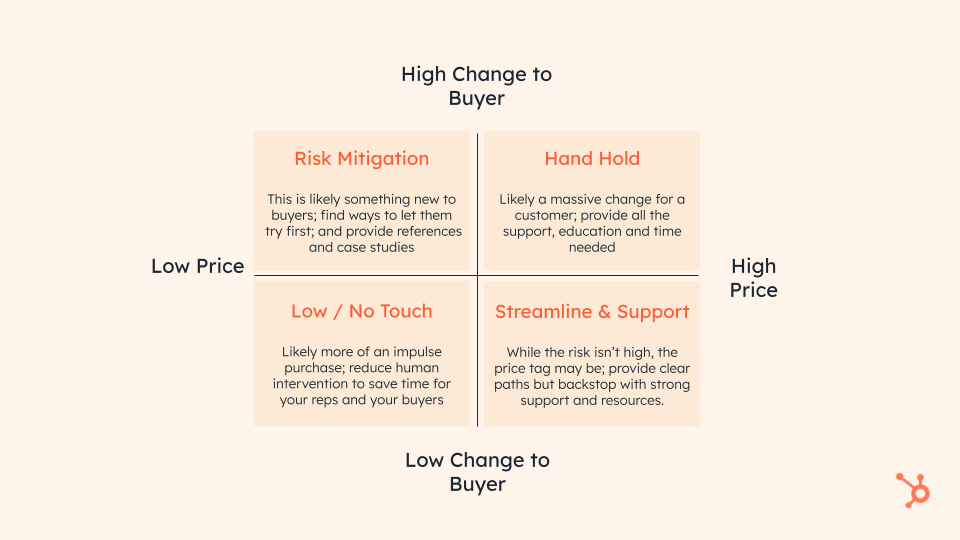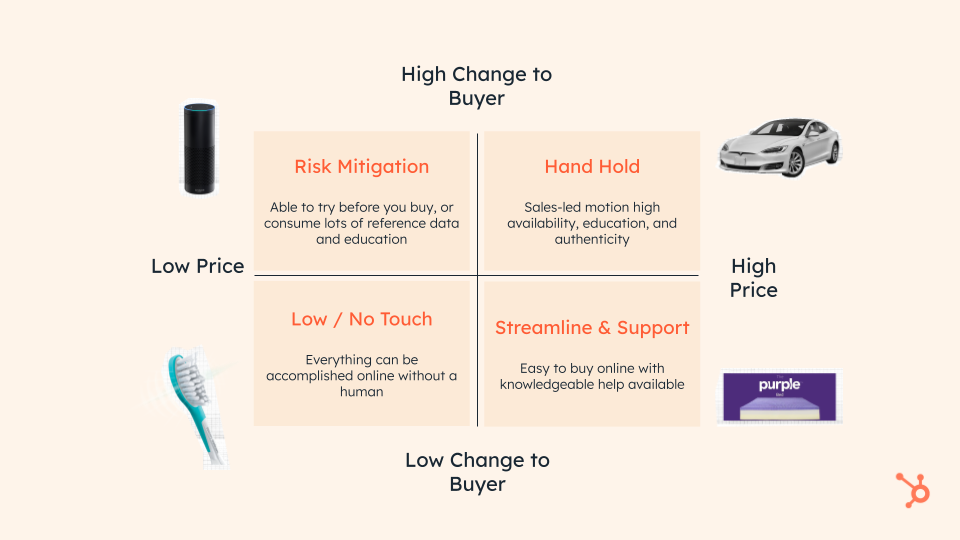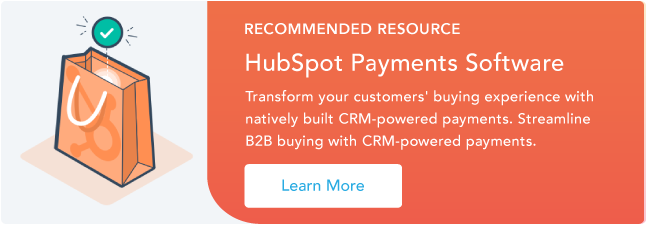Looming recession. Climbing interest rates. Ballooning inflation.
It’s become pretty impossible to escape those themes, particularly if you’re a small business owner or on a sales team. Companies around the world are trying to figure out how to address these challenges while continuing to grow their business.
Over the past two years, we’ve talked a lot about how the pandemic has sped up the rate of digital transformation, particularly in the shift to selling online. We’re reaching another inflection point as businesses navigate how to do more with less during macroeconomic headwinds.
In today’s climate, companies that aren’t adapting to online sales are missing out on a massive opportunity to better meet customer needs and generate more revenue while still cutting costs.
The Case for Taking Your Business (& Sales Transactions) Online
A 2021 Gartner report revealed that 44% of millennials prefer interactions online with no sales representative in B2B purchase settings (and 100% of authors of this post). This stat may be easy to brush aside in economic expansions, but in a time when every dollar of sales and marketing expense should be scrutinized, it's impossible to ignore.
Recessions often accelerate existing trends, increasing the likelihood that companies that fail to adapt are left behind.
Take Blockbuster, for example. Despite having a stronghold on the brick-and-mortar video rental business, they were quickly left behind when Netflix started selling online in the early 2000s. The 2008 recession accelerated their inability to adapt to changing consumer demand -- and by 2010, they filed for bankruptcy.
I know that shift can feel daunting. But at HubSpot, we truly believe that anyone can sell online. It can be as simple as turning the channels that you already use to interact with your customers, such as your website, chat, and forms, into a channel that directly contributes to revenue. That’s a win for you in the form of increased revenue, and a win for customers in the form of a streamlined and simple buying experience.
And, online payments won't make sales roles obsolete. In fact, making that final step more self-service for the client or customer could streamline sales schedules and allow reps to respond to more or bigger leads. After all, time is money in this field! Additionally, because of attribution tools like workflow or CRM analytics, as well as even simpler tracking URLs, there are plenty of ways to attribute online purchases with sales leads to measure and reward solid performance.
Adapting to Customer Needs With the Right Products
We’ve talked about why you should sell online, but let’s switch gears to what you should sell online,especially in uncertain times. Figuring that out starts with thinking about how your products and services impact your customers. We love a 2x2 grid at HubSpot, so we’ve put this one together to get your gears turning:

Thinking about your products this way, instead of thinking of them as one-size-fits all, is a key part of getting started with selling online. There’s great precedent for how we shop and buy in our personal lives – B2C companies figured this out a long time ago:

While this trend originated in the B2C world, its effects can be felt in B2B as modern buyers come to expect the same great experiences they get as consumers in the B2B buying process.
In fact, a recent PYMNTS study found that 67% of B2B buyers report having switched to purchasing from vendors that offer a “more consumer-like” experience. That means that by offering the digital-first, online experience that your buyers have come to expect, you’ll automatically be setting yourself apart from the competition that’s stuck in their old ways.
So what could this look like for your business?
- Low Price, Low Change: This is likely re-ordering or purchasing additional products. Here you should consider those simple, time-consuming invoices you’re sending out to clients and turn them into a page on your website.
- Low Price, High Change: These are the products you have that you don’t sell enough of because the price doesn’t justify the effort. To help buyers mitigate risk, consider offering a recurring subscription to your clients with little to no commitment.
- High Price, Low Change: These are the products where you really need to go the extra mile to make sure your buyer has all of their questions answered. Before hopping on a Zoom, consider leaning into live chat, a knowledge base, and customer testimonials as a way to answer buyer questions in a low-touch way.
- High Price, High Change: Keep on keepin’ on – these are the products where you want to double down on a great human-led buying experience.
Plotting your products along this 2x2 is an extremely helpful exercise in determining what to start selling online.
The last question becomes how to start selling online. It’s unfortunately common for B2B companies, particularly SMBs, to be stuck beneath a stack of disparate tools that create too much friction to experiment with new go-to-market motions. This can be particularly painful when it comes to payment tools, which are historically siloed from the rest of the stack and don’t integrate with front-office tools.
The Right Tools Will Make the Online Sales Even Easier
Worried about the time and pressure that comes with building an online store while still cautiously running a business without online payment features?
Don't worry, each day new tech and affordable tools are making it easier for marketers, conversion experts, or even small business owners who just want to launch their first basic online store.
Here are just a few examples of tech solutions for a variety of different industries, budgets and skill levels.
How HubSpot Payments Can Help
Our first iteration of HubSpot Payments included the tools a business needs to get started selling online – things like payment links, recurring payments, and the option to streamline selling by collecting payments in quotes. We recently added a handful of new features that let you:
- Associate a payment with a meeting scheduling page, creating a seamless transaction whenever time is scheduled with merchants
- Add a payments CTA to emails easily
- Collect payment upon completion of a form
- Store buyers’ transactional information with a payments object
- Harness the power of automation and reporting in HubSpot on payments data
With Payments, the International Car Wash Association grew ecommerce revenue by 5X – joining our Payments Hall of Fame.
To do this, the association moved its entire buyer journey, including customer and purchase information, to one platform. The company says it allowed them a "360-degree view" of the sales, marketing, and service context needed to create more customer-centric buyer experiences.
If you're not able to invest in HubSpot Payments just yet, that's okay. In the meantime, learn about other ecommerce solutions that can help you grow in this helpful post.
What's Next for Your Business?
In times of uncertainty, it can be hard to know where to start. But with that uncertainty also comes opportunity. After all, digital transformation isn’t going away – it’s only going to accelerate from here.
This is the time to figure out how to set yourself apart from the competition, and one simple way to do that is to sell online. While tools like HubSpot Payments can help you make that happen, it’s up to you to embrace change and commit to crafting the experience that your customers deserve.
It's hard times, and we're all looking for easy ways to grow. Selling online is one of them -- just ask Blockbuster.

.jpg)

